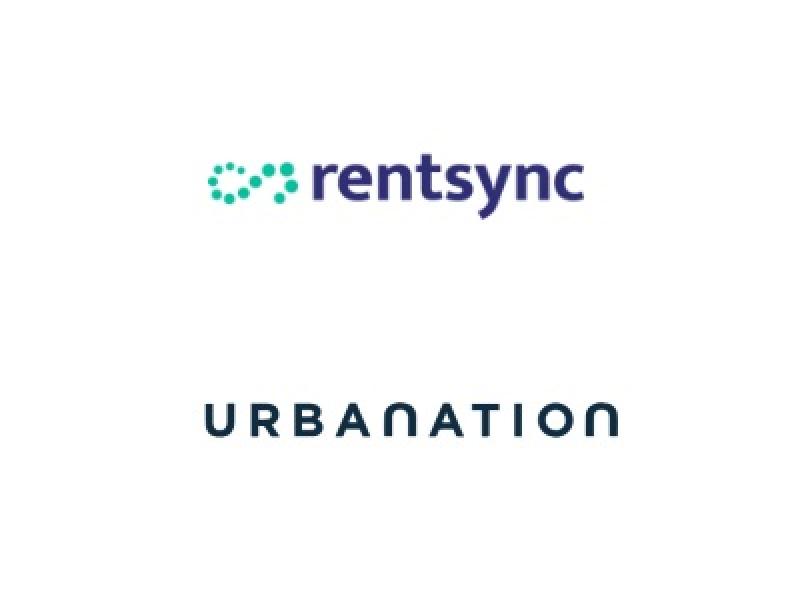
The new, fully leased 212,953-square-foot 55 Quarterman Rd. property in Guelph. It is scheduled for completion in Q3 of 2020. (Courtesy CBRE)
The industrial real estate market in Waterloo Region and Guelph was briefly put on hold by COVID-19, but it’s once again as hot as it was pre-pandemic.
“Industrial was doing extremely well through 2019 and early 2020 from several perspectives,” Colliers Canada managing director Karl Innanen told RENX. “Vacancy was extremely low, rental rates were on the upswing, the price per square foot for buildings was on the upswing, and the price per acre of industrial land was going up.”
Unlike the 2008-’09 financial crisis, when vacancies increased substantially and rents dropped by more than 25 per cent – not returning to previous highs for seven or eight years – Colliers reports rents increased from $6.63 to $6.83 per square foot from Q1 to Q2 2020. The vacancy rate rose slightly, from a near historical low of 2.4 per cent to 3.4 per cent.
“To my mind, we’re back to where we were, plus a little bit,” said Innanen. “Things are hot and we’re running out of good industrial space to lease, or that’s for sale.”
Appeal of Waterloo Region
CBRE senior vice-president Mitchell Blaine said there’s been a definite increase in warehouse, logistics and distribution centre activity in the region.
Some of the interest accommodates overflow from the Greater Toronto Area, where availability is lower and prices are higher.
“If you’re distributing on either a regional basis to the more than 700,000 people we have in Waterloo Region, or if you’re distributing to a broader Northeastern territory in the U.S. and Canada, it’s a very effective space on the periphery of Toronto.”
Much of the industrial activity is centred along the Hwy. 401 corridor in Guelph, Cambridge and the south part of Kitchener. Now, it’s beginning to extend farther west to Woodstock and London, as well as to the Hwy. 401 and Hwy. 403 triangle centred in Brantford.
Demand lessens further north into Waterloo and rural communities with less ready access to the 401.
“As we’re running out of space, more people are having to look at the smaller markets and locations that they may not rather be in,” said Innanen.
One long-term supply chain trend which has grown out of the pandemic, and is expected to positively impact the region, is the rise of demand for safety stock (ie. supplies considered “essential” in fields such as health care).
Given the market’s proximity to Toronto, it presents users with a viable option to offset the rising costs associated with holding extra inventory.
Shift from manufacturing to distribution

CBRE senior vice-president Mitchell Blaine. (Courtesy CBRE)
Blaine said manufacturing facilities accounted for 75 per cent of the industrial leasing and purchasing activity until the past two years. Now distribution, warehousing, logistics and e-commerce facilities have risen to 75 per cent of the demand.
“The manufacturing sector is still there and it’s still a very important part of our local economy, but they’re not growing as rapidly as the warehouses are,” said Blaine. “There are some larger mandates out there currently that are tied to manufacturers.
“Some of the distribution deals getting done are the result of shifting inventories out of the plants and into warehouses off-site so they can free up more capacity.”
CBRE’s second-quarter national office and industrial report said there are 115.48 million square feet of net rentable area and 921,533 square feet under construction in the Southwestern Ontario region.
With land and construction costs rising, Innanen said higher rents are needed to make building economically feasible. So, developers are being cautious at the moment before moving forward with speculative projects. Most being built are either by users or are already pre-leased.
“Any planned industrial developments in the region that hadn’t already started before COVID are under scrutiny before forging ahead on spec,” said Blaine. “But in the last 30 days, we’ve closed on roughly 700,000 square feet of leases for warehouses in our market.
“Those kinds of data points are really going to support mobilizing on developments.”
Largest lease deals
CBRE recently announced the pre-leasing of a 212,000 square-foot class-A spec distribution centre in Guelph.
A Pure Industrial Real Estate Trust-owned 136,780-square-foot property on a 12.5-acre lot at 125 Maple Grove Rd. in Cambridge was leased to a large distribution company.
CBRE brokered the lease of a 129,158-square-foot industrial building at 100 Shirley Ave. in Kitchener to a global company. The former manufacturing facility is being converted to a distribution centre.
Commercial construction stopped during the early stages of COVID-19 and municipal planning was delayed, which will push back construction and completion schedules.
“It made a long process even longer,” said Innanen. “That’s going to contribute to the window where there’s going to be very little supply. I think we’ll see continued inflation in rental rates.”
Due to construction delays pushing the completion of the fully leased 212,953-square-foot 55 Quarterman Rd. property in Guelph to the third quarter, 45 Quarterman Rd. was the only project delivered in the second quarter. It offered little market relief, however, as it was 76.8 per cent pre-leased prior to completion.
Biggest sales transactions
The biggest industrial property transaction in the region so far this year is Dream Industrial REIT’s (DIR-UN-T) $62.5-million acquisition of the 12-building, 566,000-square-foot Berkshire portfolio in Kitchener’s Huron Business Park.
The second-largest sale was Conestoga College’s acquisition of a 248,820-square-foot former Erwin Hymer Group plant on a 40-acre site at 25 Reuter Dr. in Cambridge. The building will house the college’s skilled trades programs.
Blaine expects to see activity ramp up by industrial owner/occupiers for industrial land. Investors should follow their lead as long as financing is available.
“There’s still available land at a relatively reasonable cost in our market,” said Blaine.
Development pipeline
Healthcare of Ontario Pension Plan’s (HOOPP) 300-acre iPort Properties in Cambridge will bring about four million square feet to market in multiple phases over the next several years, according to Blaine. HOOPP plans to move forward on spec, with the first buildings to be delivered in late 2021.
The next phase of Cooper Construction’s Hanlon Creek Business Park in Guelph is underway with a 440,000-square-foot building that’s expected to be delivered in the fourth quarter of next year.
BentallGreenOak has site approval to build 129,700 square feet at 45 Tyler St. in Cambridge’s Gateway Business Park, near Highway 401 and Townline Road. Blaine said it’s waiting for some pre-leasing before moving forward.
Trademark Industries Inc. is designing a 295,000-square-foot facility at 770 Boxwood Dr. in Cambridge, according to Blaine.











